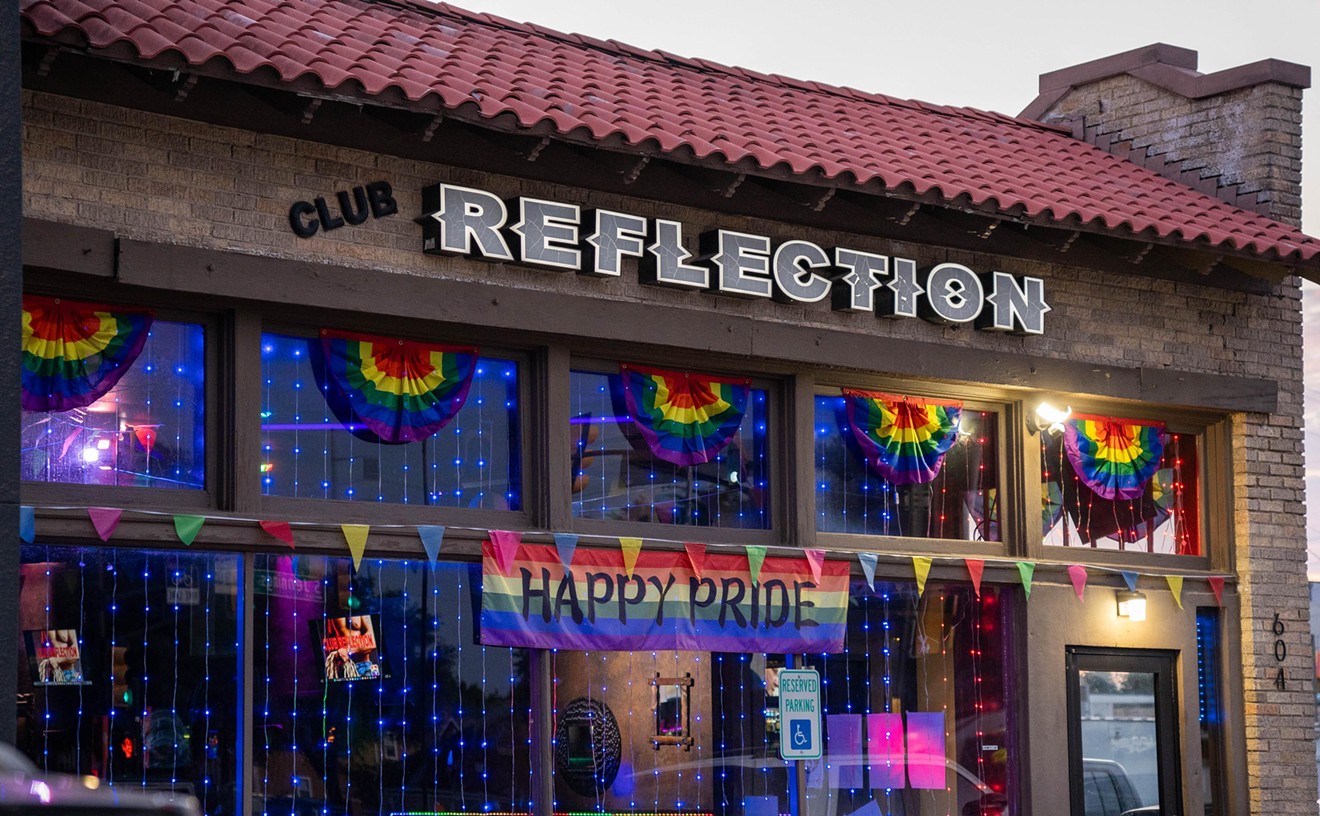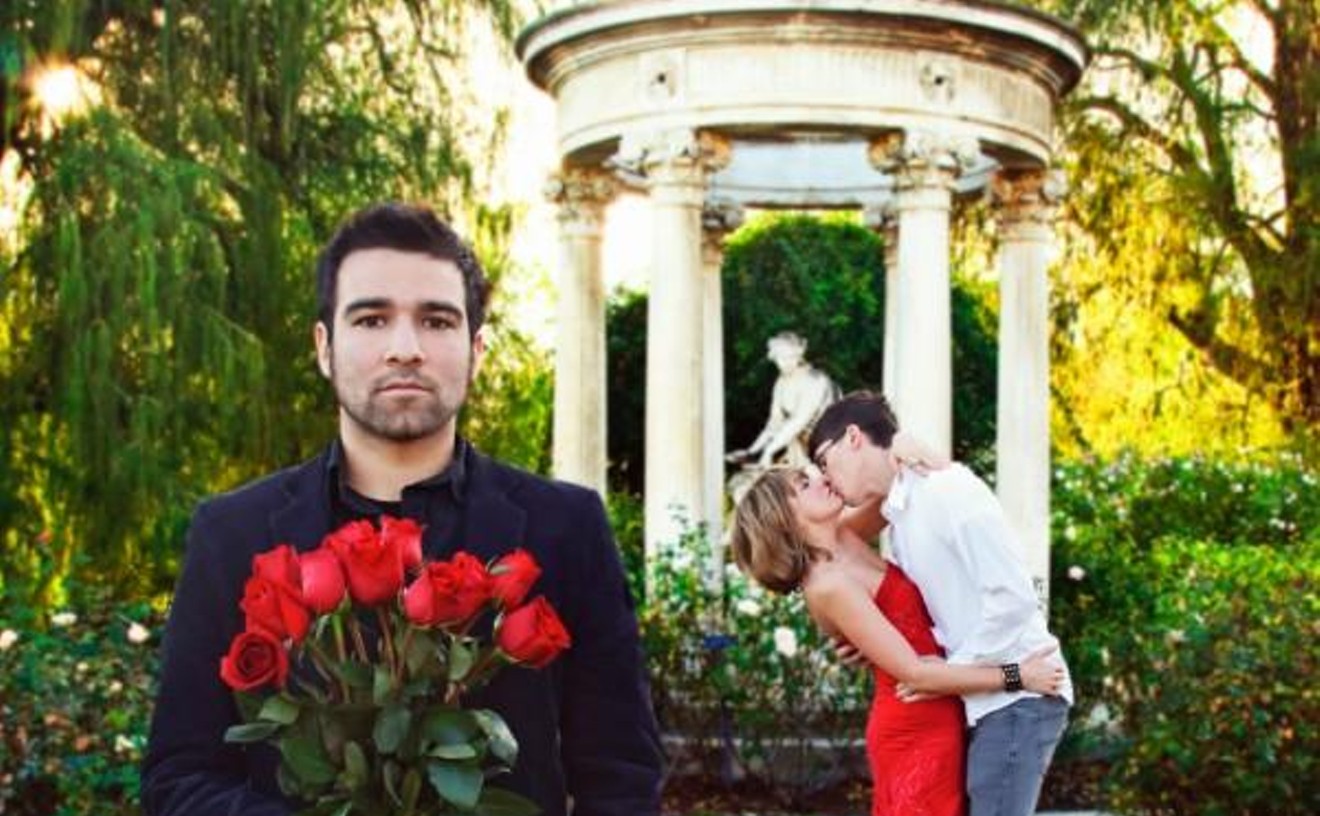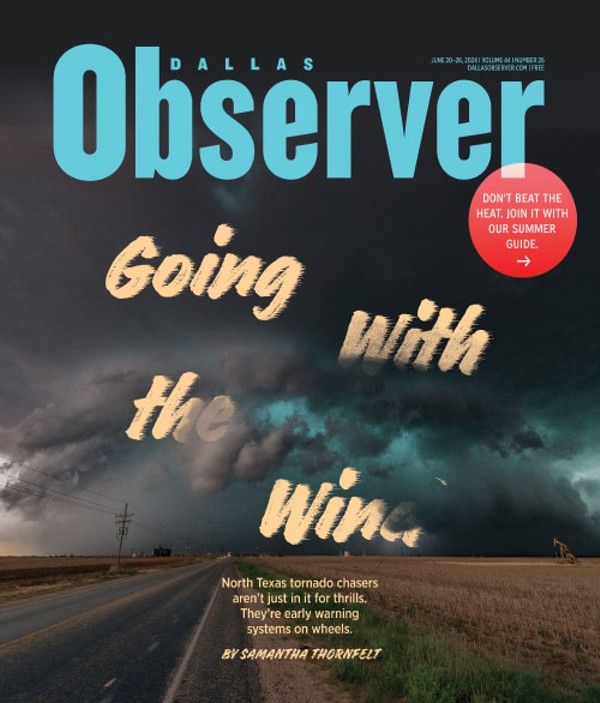As if the world wasn't scary enough, gorging ourselves on the goriest and most shocking crime stories became a common pandemic pastime. The genre's revival — it had its first heyday in the '80s — has raised questions about both who the audience is and why we find true-crime documentaries so fascinating. (Women like them more than men, generally, partly because women find them useful for tips about how to avoid becoming crime victims themselves, Forbes reported, which we hope is the saddest sentence we'll publish this week.)
How much do we like them? According to Time: "When Serial launched in 2014, it became the fastest podcast to reach 5 million downloads and streams in iTunes’ history. More than 1.6 million print copies of true-crime books were sold in 2018, compared to 976,000 copies in 2016, industry figures show."
Making a Murderer, The Jinx, Abducted in Plain Sight and Don’t Fuck With Cats entertain, scare us and let us feel virtuous, at least compared to the evil on the screen. An affinity for crime TV is now something we brag about as a “quirky” personality trait, though it's common as dirt.
Not to jump the gun or anything but I watch true crime documentaries on the first date.
— Parasite Hilton (@ParasiteHilton) March 6, 2018
If you’re looking to be traumatized by television but don't want to follow the herd, before you search for the next brutal crime story, consider revisiting the most terrifying, deceptive, disturbing show television has ever produced: Little House on the Prairie.
You may remember it differently. Think back on the retro TV series, which was set in late-1800s Minnesota, and it'll likely stir up a discomforting image of a hard, sad life without WiFi and Netflix.
In February, Texas had a taste — or rather, big gulp — of old-timey life with the mass power outages, and the show became a perfect fit for memes depicting the struggle.
No AC, no wifi, what is this little house on the prairie?
— BarstoolSimpson (@SimpsonBarstool) April 6, 2021
But Little House will traumatize you with so much more than with its depiction of the cruelties of pre-internet life.The power went out at my house due to storms. I then I acted like I was on Little House On The Prairie for an hour. #texasweather #texas
— Black Moira Rose (@siditty) August 17, 2020
The 1970s classic series ran until 1983, coincidentally about the time the first round of true crime fever was peaking. It served up a slice of morality with every episode, mostly through the unfailing wisdom of the sensitive-but-violent-when-necessary Charles Ingalls, played by Michael Landon's shirtless torso.
Based on the memoirs of Laura Ingalls-Wilder, the show was a history lesson. It taught us about life among settlers in the post-Civil War era, and what we didn’t infer from the show we were inspired to learn on our own. (Let’s not pretend we didn’t all immediately rush to find out what the hell they used for toilet paper in the 1800s).
Though perhaps not entirely historically accurate, the show gave us a sense of how frontier families lived, farmed, worked, hunted and had sex in the same room where entire families slept.
From the opening credits — showing a beaming Ingalls family looking to the future as they arrive in their wagon to greener pastures in Minnesota — to its comforting, flowery theme song, the show sets us up for an hour of pure wholesomeness. Little Carrie Ingalls tripping over the long grass in the intro makes the final closing sell in this con, obscuring the nightmarish hellscape the show was about to spew from our TVs.
The series starts off with the expected problems of a family heading west without a GPS, Buc-ee's or roads, overcoming obstacles thrown at them by nature.
When the Ingalls settle in Walnut Grove, we are introduced first to a duo of palatable villains: rich kid Nellie Oleson and her equally detestable mother, Harriet, who owns the town’s mercantile with her husband, Nels, a man consistently embarrassed by his family. The Olesons irritate viewers with their unkind snobbery and constant meddling but mostly serve as comic relief, especially when they’re put in their place by one of the “good” characters.
Just wait.
With the passing of each episode, plots become increasingly hardcore and blatantly sadistic, and
Mrs. Oleson and her brat Nellie soon end up seeming like sedated lambs.
Over nine seasons, the Ingalls family will have far more battles to overcome than the fight for a good life in a new frontier with shitty neighbors. If you watch it today, you’ll be forced to relive all the scenes your brain succeeded in blocking out: rapes, pregnancy by rape, teen pregnancy by rape, abandoned babies, babies dying in fires, limbs covered in gangrene, endless instances of unsightly disease, graphic child abuse, kidnappings, the use of racial slurs, rampant violence and deaths that only get more creatively tragic. The death toll in one season of Little House on the Prairie could put a hardened serial killer off his lunch.
We didn't sign up for this. We weren't prepared. We weren't warned. And now, we can't look away.
The show had an occasional picnic and many a saccharine moment. Ma and Pa Ingalls were flawed, but their ethics were spotless. They were matched by an equally holy community made up of a benevolent reverend, the good doctor, dedicated teacher and the lovable drunk with a heart of gold, Mr. Edwards, played by Victor French.
Don’t be fooled by his recurring gag, that jolly singing of “Old Man Tucker” that puts a jig in his walk. Mr. Edwards will traumatize you. One scene has him putting a rifle in his mouth and reaching for the trigger. Pa saves the day, of course, before moving on to the next scene where he’s most likely shirtless and punching a man who just wouldn’t see reason.
How did all the traumatic scenery we were subjected to slip our memories? Nearly all episodes should’ve been accompanied by a number to a support hotline.
Looking back on the show, we easily recall Laura, a freckled, braided, spirited kid fishing in her bonnet, and her nemesis Nellie’s taunting as she bragged about her access to candy. The worst storyline we might remember was the time that Laura's sister Mary went blind.
In real life, Mary Ingalls did lose her sight, but the show strayed far from Laura’s real-life accounts to punch us repeatedly in the gut in the name of entertainment. Mary’s sad fate on the show would far surpass her struggle with blindness, becoming a Victorian portrait of pitiful: She’d lose a baby in a fire started accidentally by her brother — causing both of them, plus their families, enormous grief — but, because that wasn’t enough for the sick-as-fuck writers, that fire would also kill loyal family friend Alice Garvey, leaving her son without a mother and her husband a widower.
The reverse Kodak moment, a snapshot of true horror, was typical on the show, which clearly was on a mission to prepare 1980s children for the shit show known as adulthood — and possibly whet their appetites for true crime as adults.
Those adults today should stick to bio-docs of serial killers and not rewatch the series unless they have a therapist's approval. Little House on the Prairie is a little shop of horrors ready to reveal itself in your mind, like the memory of walking in on your parents doing it doggy that you locked away with a key and buried.
Rewatching the series is like regression therapy through psychedelics. It’s taking a vacation back through lost trauma and getting cozy with room service. It's an uncomfortable exercise in confronting those bad memories we’ve edited out. But there we have it. Somehow there’s a vault of collective repression now sitting on Amazon Prime ready to attack us.
Granted, today we are equally alarmed by the boundless disturbia known as the news, but Little House on the Prairie was billed as a family show. Whose family? Charlie Manson's?
It was a vicious trap that tricked us into false memories of a happy childhood, starting with its sweetly innocent name. Beware. It’s all a façade hiding a ruthless brute intent on torturing viewers, a lucha libre wrestling match between the show and our emotions, without any rules or limits and absolutely no loyalty to viewers. It's an unending shower of pain and trauma gleefully assaulting the poor unsuspecting schmucks among us who carelessly settled in for the evening to watch something we misremembered as sentimental and cute.
It’s neither of those things. Hitchcockian suspense lurks under the surface of each pastoral shot, bubbling with imminent brutality until it reaches the savagery of Game of Thrones. Characters go quickly from dubious to Machiavellian, in one barbarously crafted hourlong outpouring of deeply affecting pain.
Even Johnny Cash’s cameo on the show along with his wife, June Carter, had him playing a con man impersonating a priest intent on robbing the poor, hard-working families blind. Fuck.
To sum up, it might be the best show ever made.












